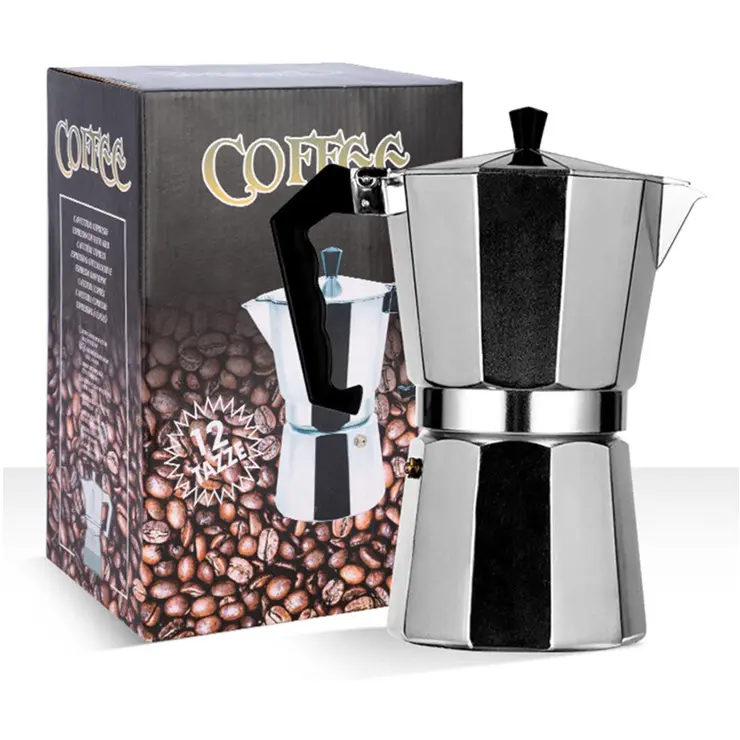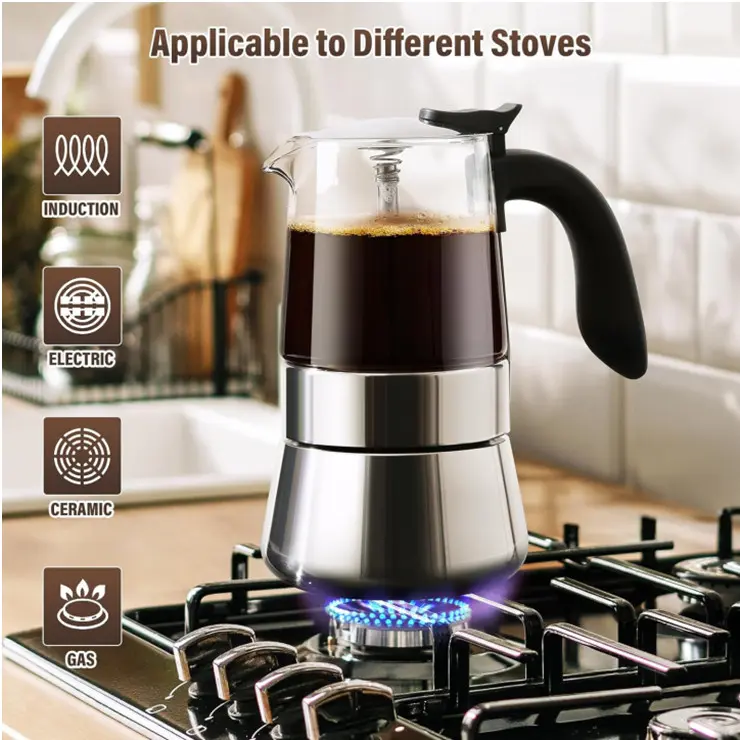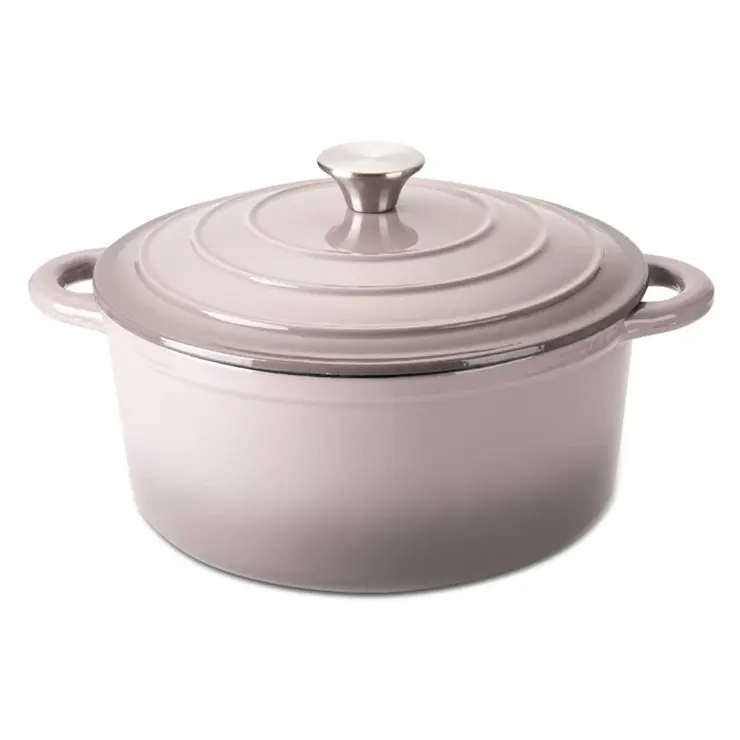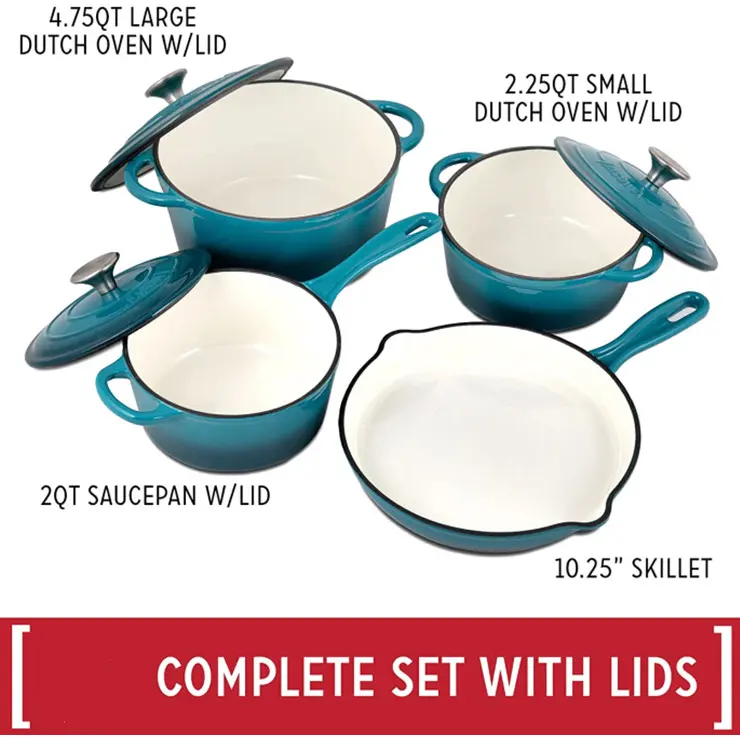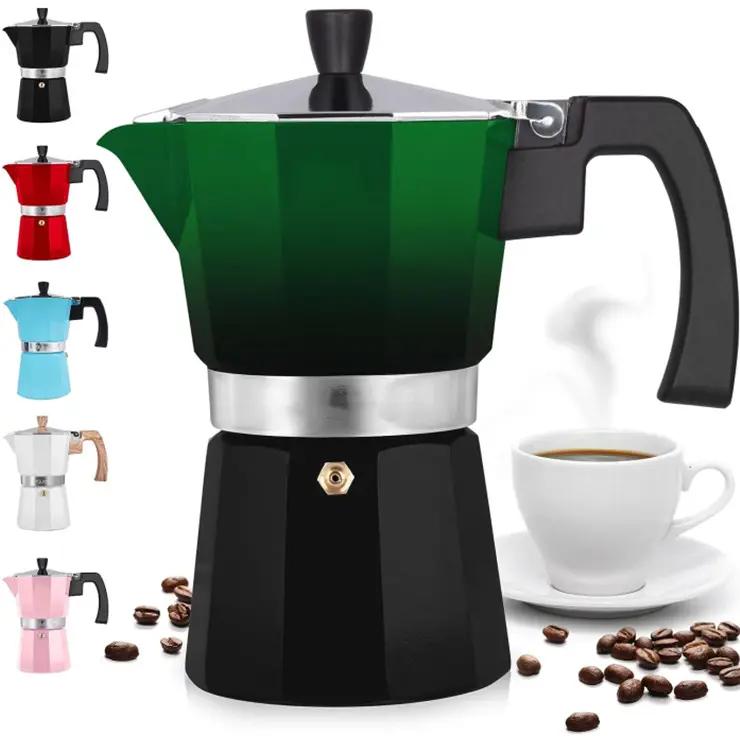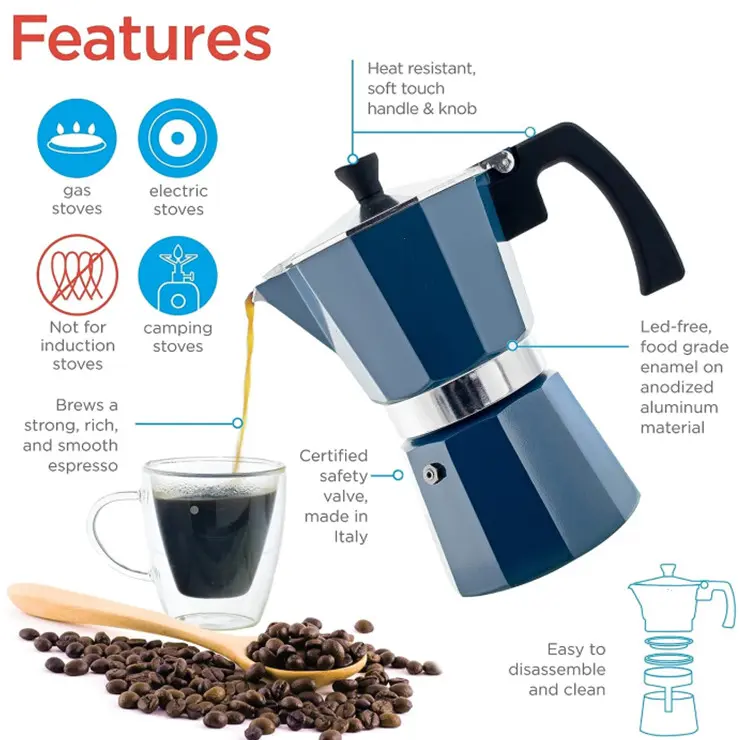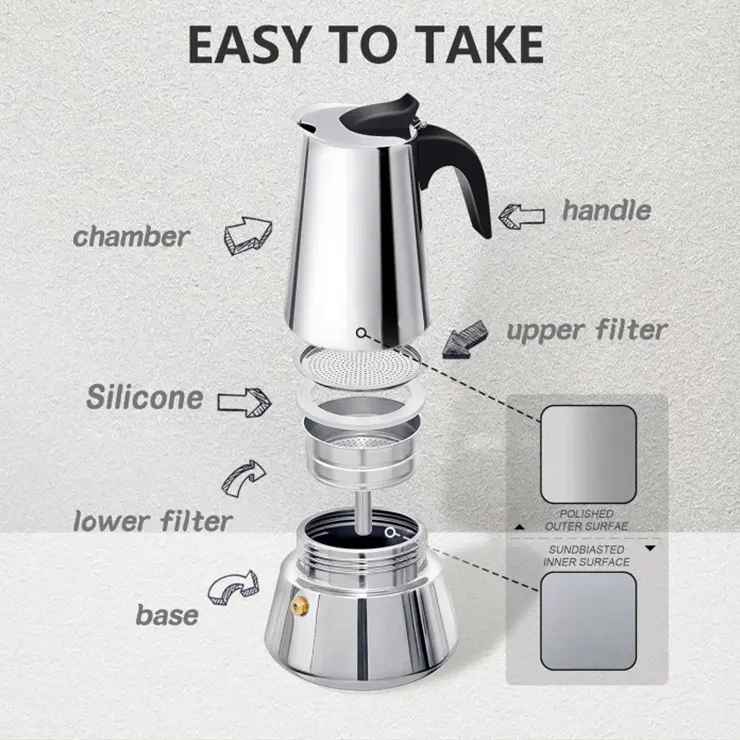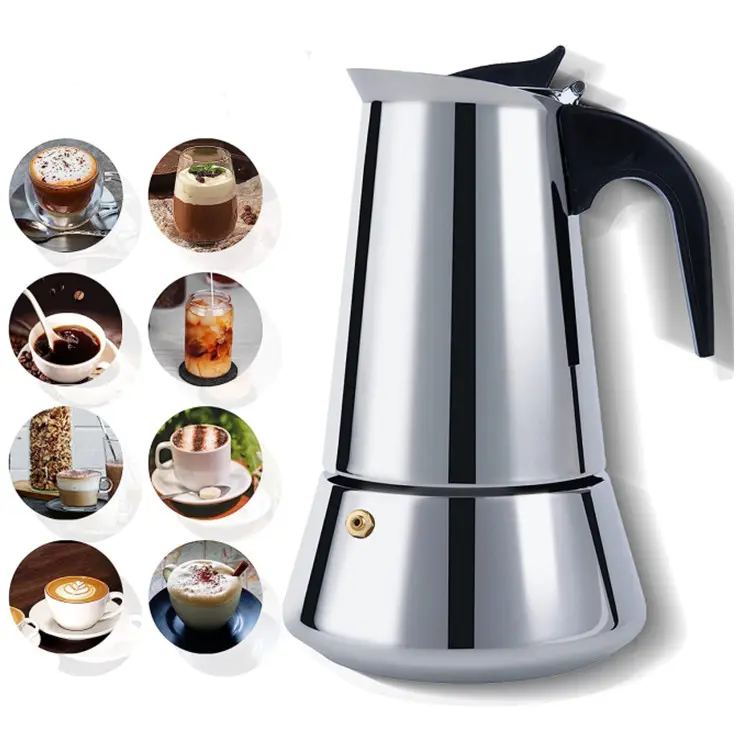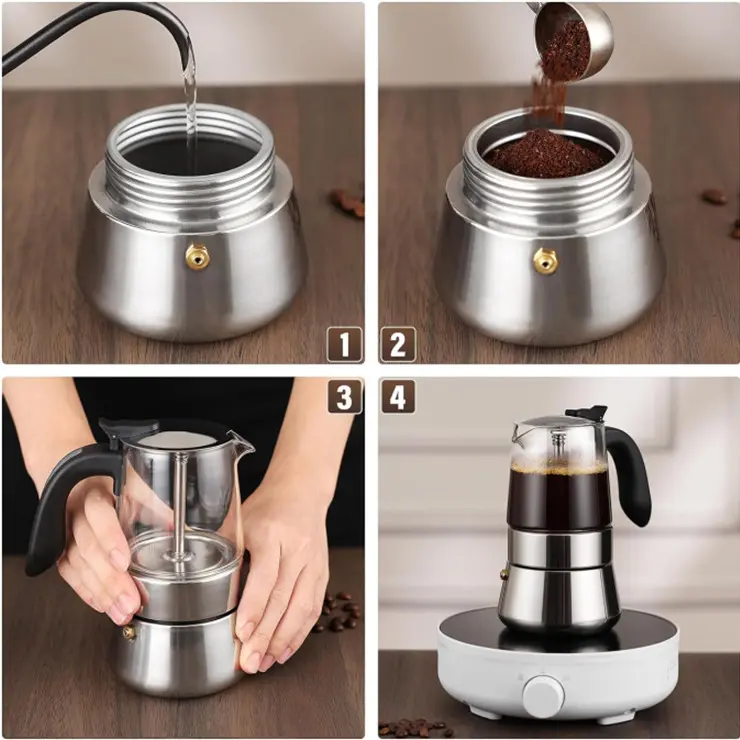Nonstick Pans for Induction Cooktops Buying Guide
Opening point: Non-stick pans are the most suitable pans for ordinary induction cookers.
Before buying, learn about flat-bottomed non-stick pans (woks)
The relationship between the induction cooker and the pot: In the induction cooker, electric current passes through the metal coil under the crystal plate to generate electromagnetic induction, causing the iron ions on the "iron pot" to collide and rub, thereby heating the pot. Therefore, only magnetic iron pots can be used normally, such as iron pots (wrought iron pots, cast iron pots), stainless steel pots (composite bottom pots), and non-stick pots (aluminum alloy pot bodies, composite bottom pots). If it is made of pure aluminum, glass, ceramic, copper, etc., it needs to be matched with a magnetic stainless steel composite pot bottom.

In addition: the diameter of the metal coil of the induction cooker is generally more than 15 cm, and the diameter of the pot bottom must be more than 8 cm. Some small milk pots and small frying pans are not suitable.
1. Iron pot
The bottom of the wrought iron pot is light and thin, conducts heat quickly and has good ductility, making it suitable for high-fire stir-frying. However, the flat-bottomed wrought iron pot is prone to bulges and is difficult to maintain.
The round-bottomed wrought iron pot matches well with the concave induction cooker - the pot is less likely to bulge. The power of the induction cooker generally exceeds 3500 watts, which is just right for stir-frying over high heat. Many restaurants now use this combination. The disadvantage is that it requires oiling, opening and raising the pot.
Cast iron pots have a thick bottom and conduct heat slowly, so it takes a while for the pot to heat up. Usually the bottom of the pot is very hot, but the temperature of the pot body still doesn't come up. Therefore, its thermal properties are very suitable for making a frying pan, which is great for frying steaks. Its disadvantage is that it rusts easily and is relatively bulky, but if it is well maintained, it can be used for decades.
2. Stainless steel pot
Advantages: Even heating; Moderate weight; Does not rust.
Disadvantages: Slightly poor thermal insulation.
3. Non-stick pan
Nonstick pans are great for induction cooktops.
Although non-stick pans are generally made of aluminum alloy and are useless on induction cookers, when a "stainless steel composite bottom" is added to the bottom of the pan, it can be used normally by relying on it to conduct heat.
Easy maintenance and non-stick pan are its biggest advantages. It is lightweight, heats evenly, does not rust, etc., making it the most popular partner for induction cooktops. Of course, it also has shortcomings: its service life is limited. Generally, the bottom of the pot will deform after 1-2 years of use and cannot be used normally. In addition, it cannot use an iron spatula. It is best to use a silicone spatula, followed by a wooden spatula.
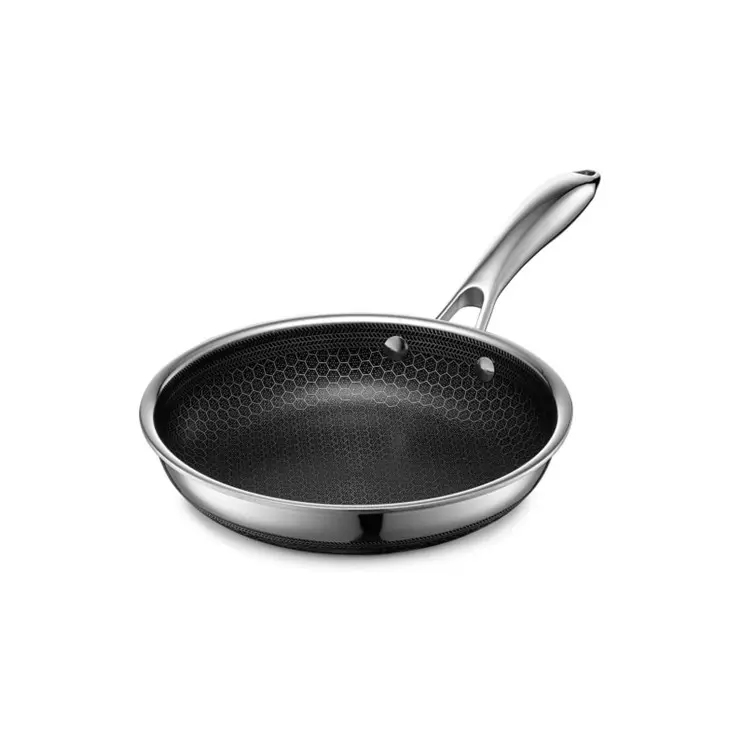
Look at the details and choose the right pot:
Wear resistance: my country’s national standard is that it is qualified if it can withstand 5,000 wear-resistance tests. The higher the wear resistance, the better the quality. Wear resistance is the most important criterion for measuring the quality of non-stick pans.
Slightly convex pot bottom: Most non-stick pots have a thin magnetically conductive stainless steel sheet at the bottom. When viewed from the bottom of the pot, it is concave. When viewed from the inside of the pot, the center is slightly convex. This is because the iron is heated on the induction cooker. The thermal conductivity of the sheet is different from that of the aluminum pot itself, and it will deform over time. This design can extend the service life of non-stick pans. Because of this design, oil does not accumulate in the center of the pot, and when frying eggs, they will be offset and not in the middle....
Details of the pot handle: Many manufacturers still place the pot body and handle separately, requiring consumers to use a screwdriver to fix them, but no screwdriver is included. Things that originally cost one or two cents cost consumers 3 yuan to go to the hardware store to buy. Then, the quality of many screws is problematic. They cannot be tightened very firmly and easily become loose, which makes the user experience very bad. Some brands such as Made in Tokyo are directly designed to require no installation. They are installed directly when leaving the factory and then packaged in a large packaging box. Although it costs one or two yuan more, it reduces possible mistakes and wins a wave of goodwill.
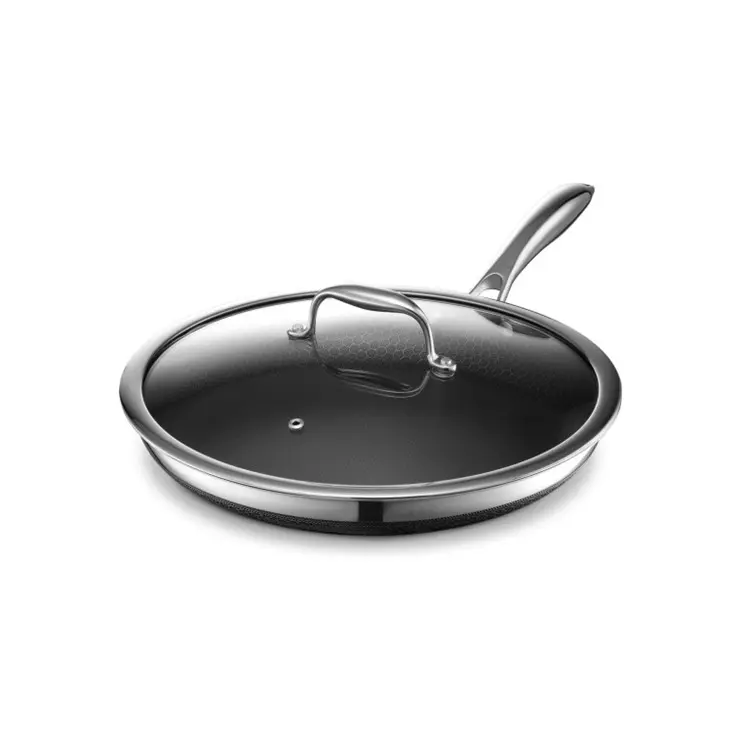
Details of the lid handle: The handle of many pot lids is just a "little bump". We directly use the stand-up pot lid to avoid the trouble of having no place to put the pot lid.
Two-way guide nozzle design: It is not easy to hang on the wall when pouring soup, and it is also very practical
Attached ears (auxiliary handle): more practical for women with less strength. It becomes heavy when cooking a lot, and holding the handle with both hands is not as convenient as this ear-mounted one.
It should be noted that the panels of many induction cookers can bear a maximum load of 4KG, so don’t cook too many dishes at once.
Open flame (gas): When introduced on the details page of many woks, they will say that their pots are suitable for gas stoves and induction cookers. However, in fact, because they use plastic handles, when used on gas stoves, the handles can easily be softened by the fire. , therefore, it is generally not recommended to be used on gas stoves.
Another reason is that the coating on the outside of the pot looks nice, but when exposed to an open fire it burns black and becomes ugly.
Diameter of the pot: 28 cm (1-2 people), 30 cm (1-3 people), 32 cm (2-4 people), 34 cm (4-6 people)

